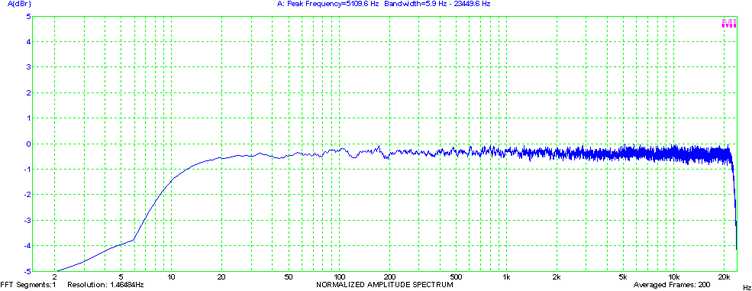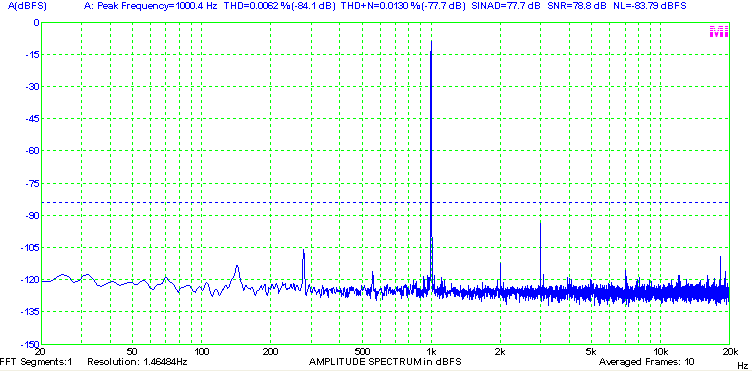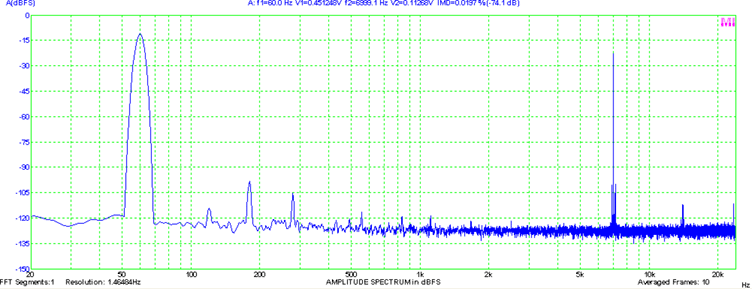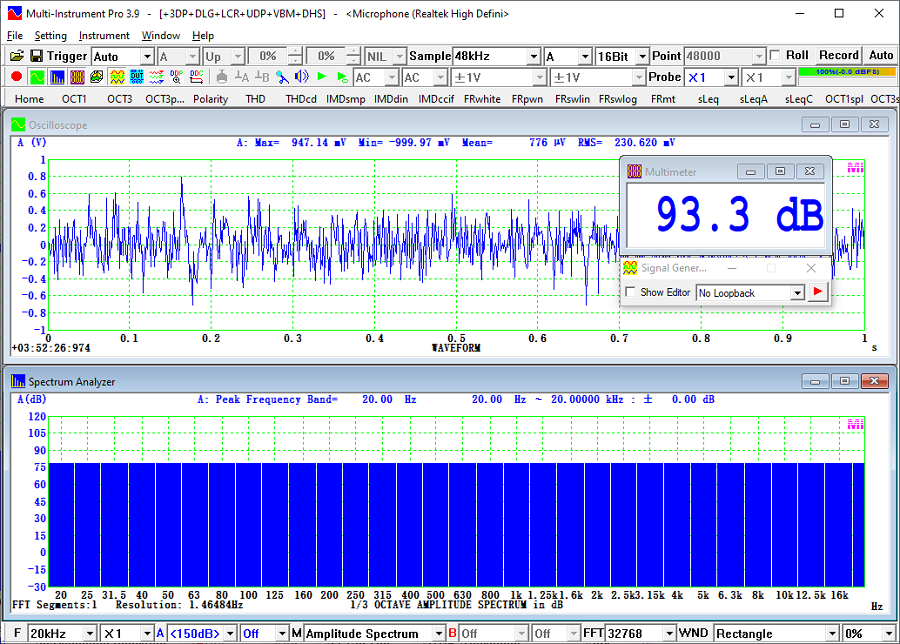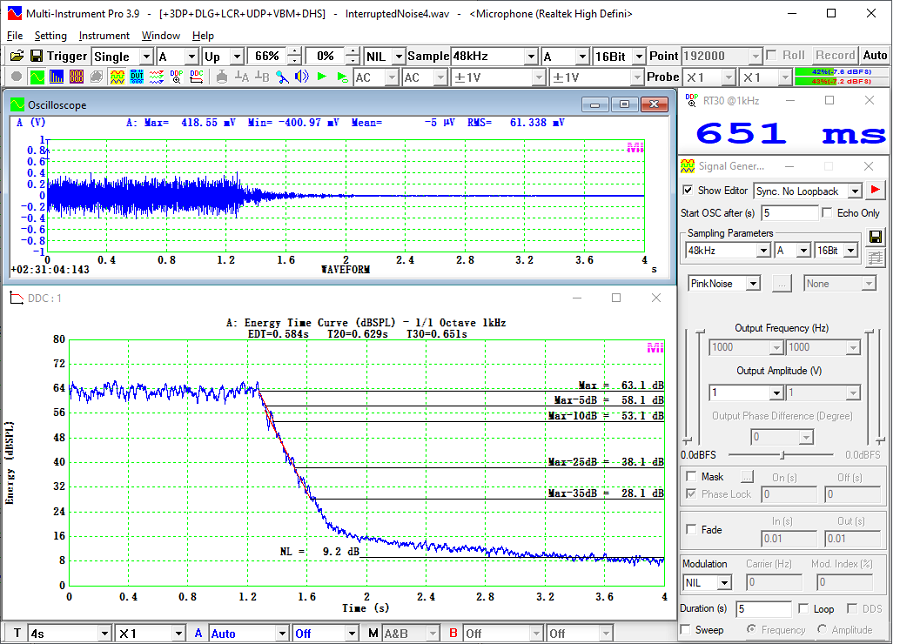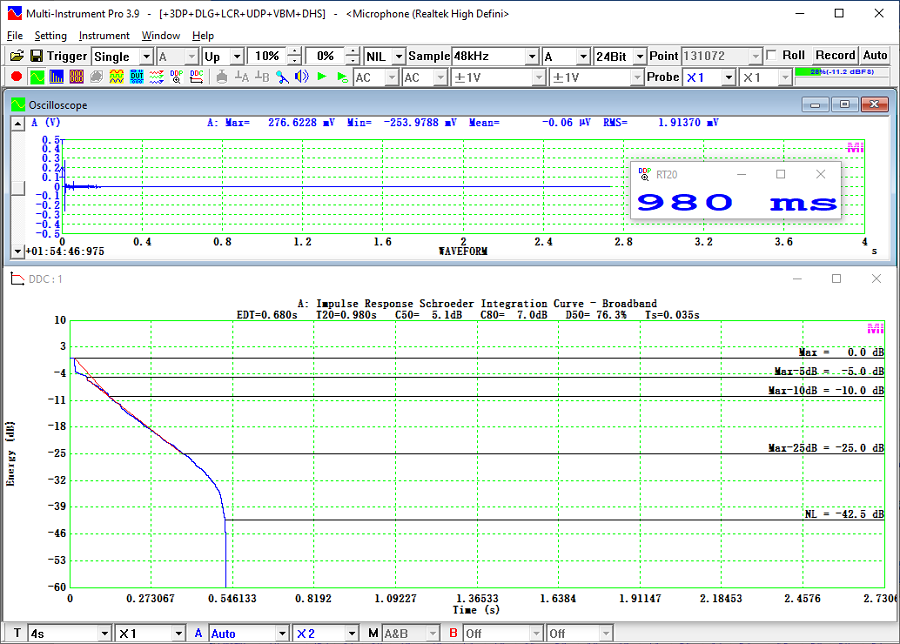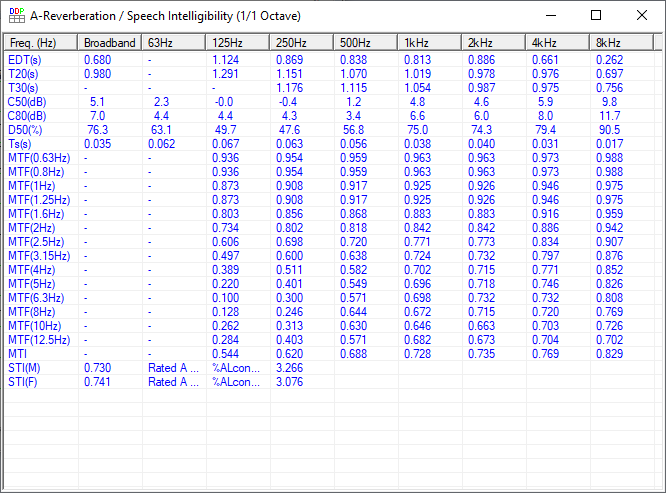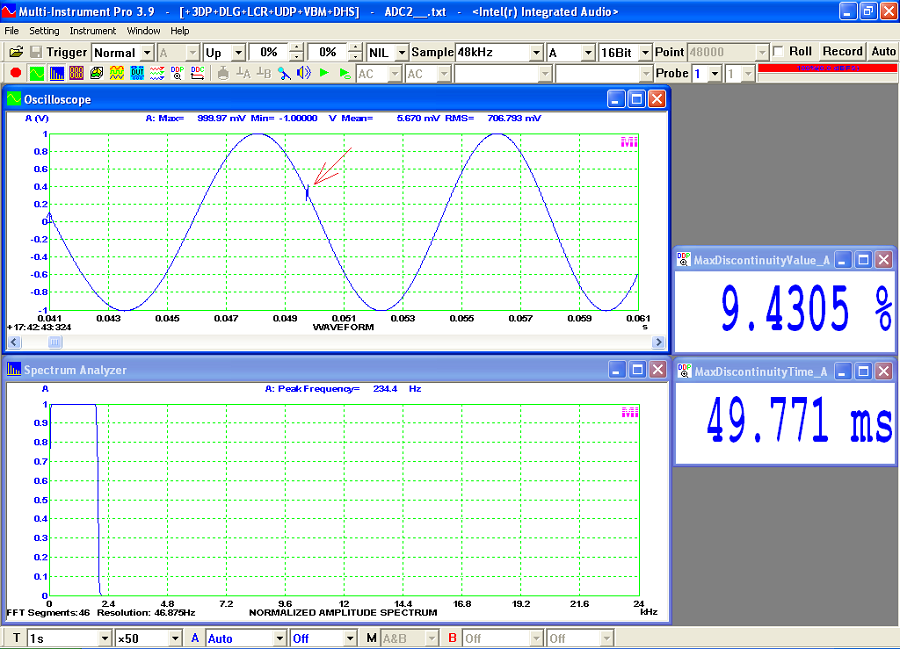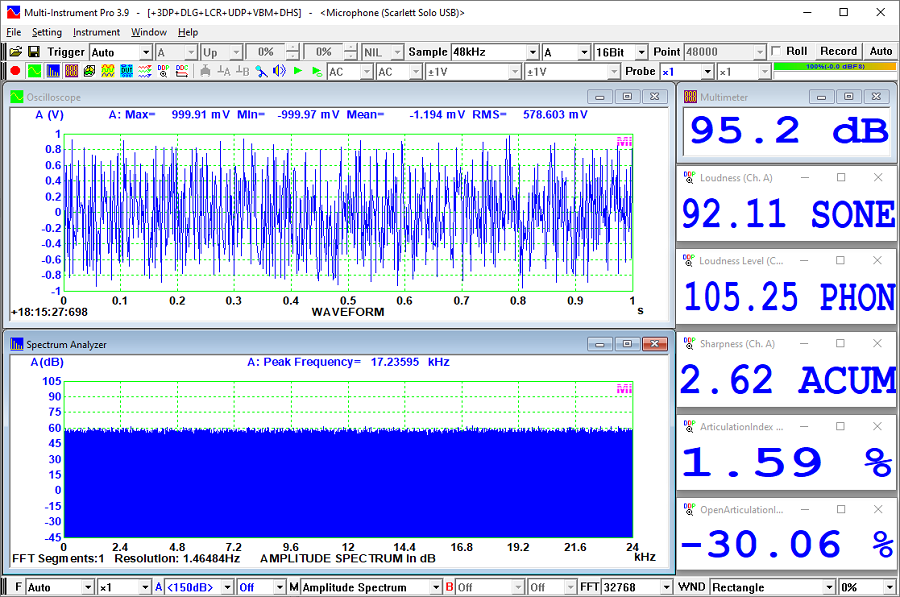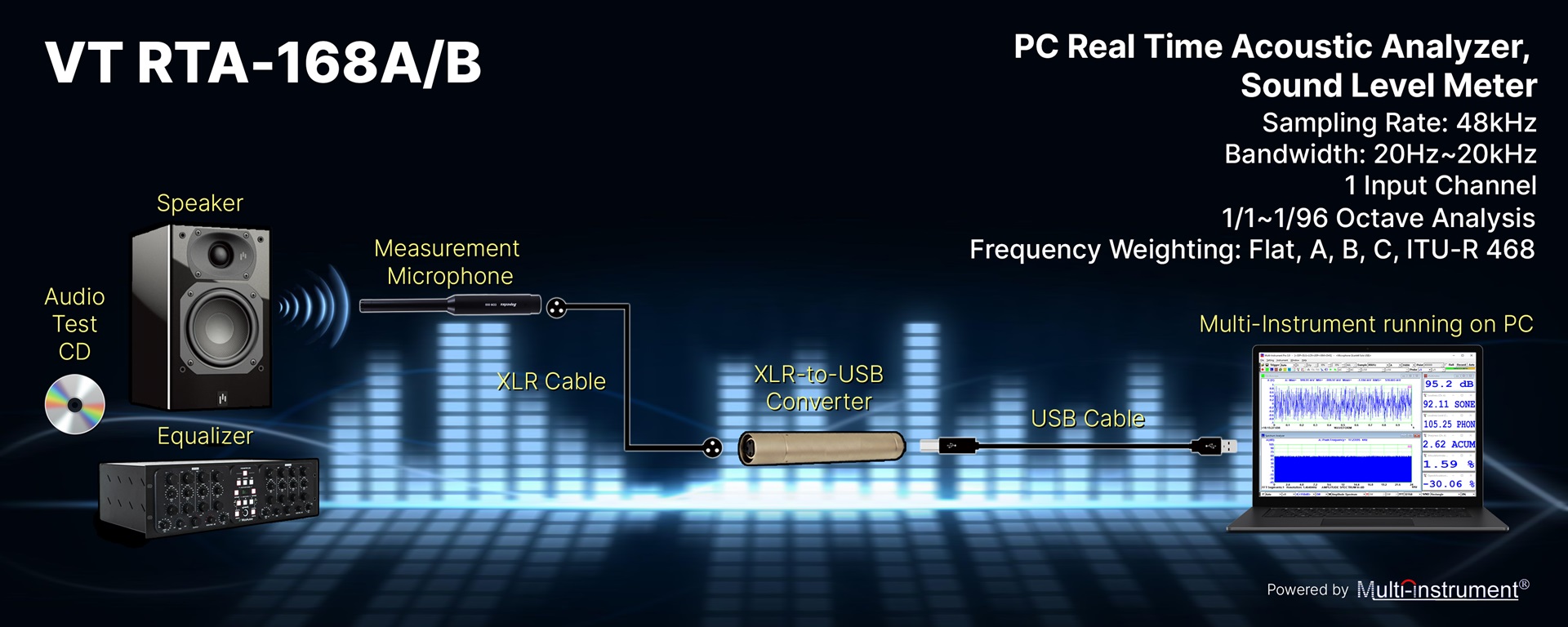

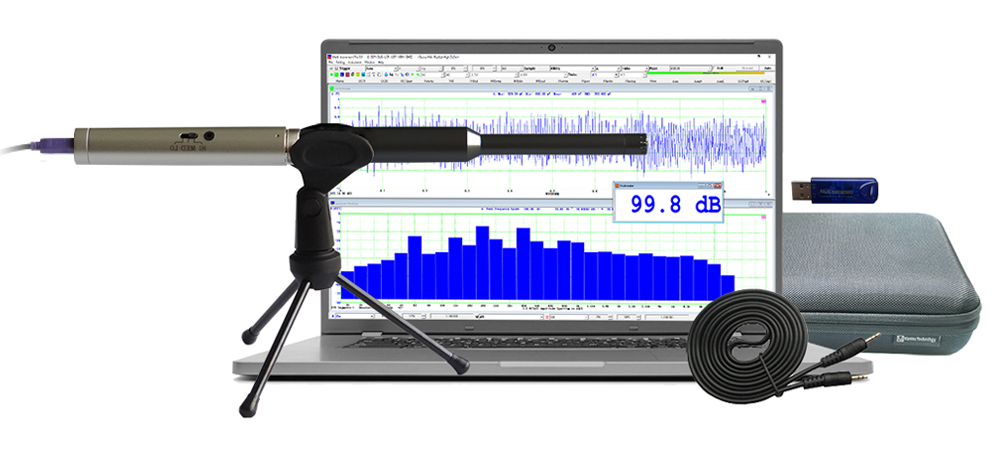
Hardware Configuration
Measurement Microphone: ECM999
XLR-to-USB Converter: VT XLR-to-USB Pre
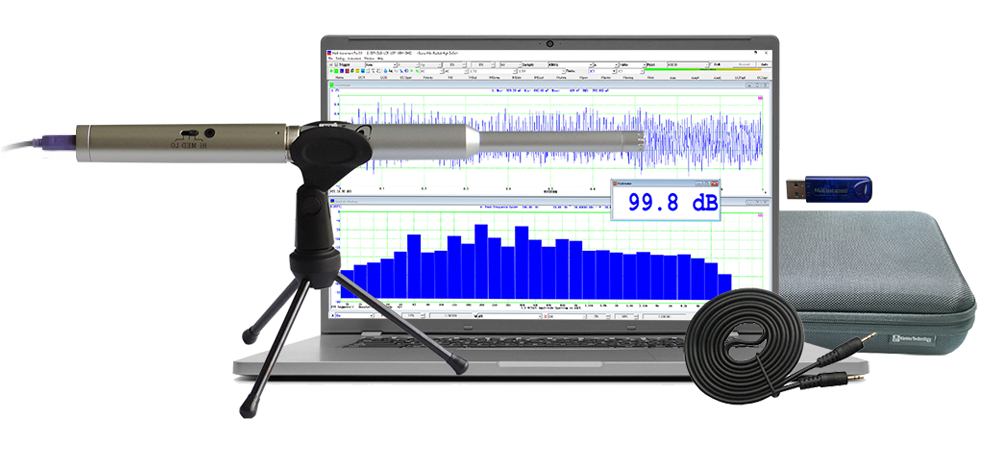
Hardware Configuration
Measurement Microphone: EMM-6
XLR-to-USB Converter: VT XLR-to-USB Pre
VT RTA-168A/B is a PC based USB Real Time Acoustic Analyzer, Sound Level Meter, Distortion Analyzer, Polarity Tester. VT RTA-168A comes with an ECM999 measurement mic. VT RTA-168B comes
with an EMM-6 measurement mic. Both microphones have an extremely flat frequency response from 20Hz to 20kHz. Each EMM-6 also comes with its very own frequency response file, which can
be used in the software to further improve the accuracy.
Find out more: Brochure, Manual
Click here to download and try the fully functional Multi-Instrument software using your sound card as the ADC and DAC device!
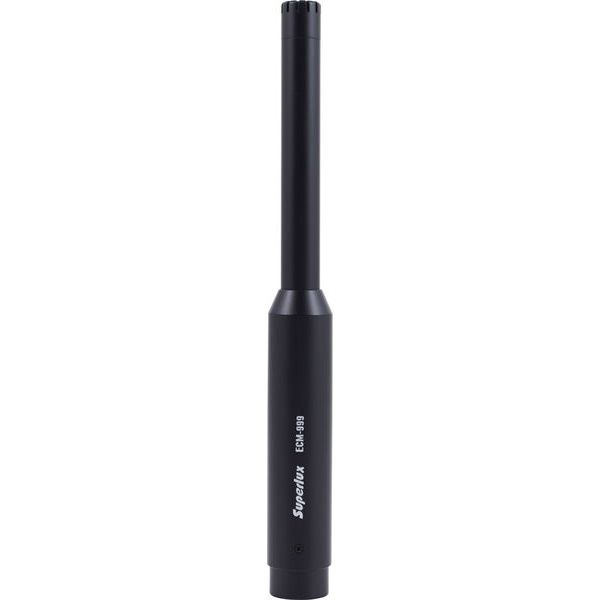
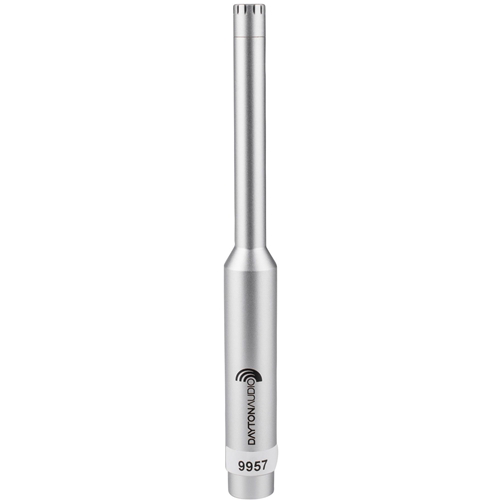
RTA-168A XLR-to-USB Serial Number: V110-XXXX-XXXX-XXXX
RTA-168B Microphone Serial Number: XXXXX
| General | |
|---|---|
| Frequency Range | 20Hz ~ 20kHz |
| Sampling Rate | 44.1kHz / 48kHz |
| Bit Depth | 16 Bits |
| Number of Input Channels | 1 |
| Frequency Accuracy | 0.01% |
| Frequency Weighting | Flat, A, B, C, ITU-R 468 |
| Time Weighting | Linear, Exponential (Equivalent Continuous Sound Level (Leq) fully complies with IEC61672) |
| Sound Level Measurement Range | 35dB ~ 125dB (typical), adjustable through both the hardware gain switch and software gain slider. Recalibration is not required after the gain setting changes. |
| Sound Level Measurement Accuracy | ± 0.3 dB at 94dB, 1kHz after calibration |
| Sound Level Calibration | Calibrated using Type 1 Sound Level Calibrator |
| Octave Analysis |
1/1, 1/3, 1/6, 1/12, 1/24, 1/48, 1/96 (Complies with IEC61260) |
| Other Functions | THD, THD+N, SINAD, SNR, SMPTE IMD, DIN IMD, CCIF2 IMD, Frequency Response, etc. Much more functions are described in the software manual. |
| System Requirements | Windows XP/VISTA/7/8/8.1/10/11, 32 bit or 64 bit. Minimum Screen Resolution: 1024 x 600 |
| General | |
|---|---|
| Transducer Type | Back Electret Condenser |
| Element | Pressure, FET Preamplifier |
| Polar Pattern | Omni-directional |
| Frequency Response | 20Hz ~ 20kHz |
| Open Circuit Sensitivity (at 1kHz) | 14mV/Pa (-37dBV/Pa) |
| Rated Impedance | 200Ω |
| Minimum Load Impedance | 3000Ω |
| Equivalent Noise Level (A-weighted) | 22dB |
| Max. SPL (1kΩ load) | 132dB (THD<1%, 1kHz) |
| Dynamic Range (1kΩ load) | 106dB |
| Pin Polarity | Pin 2 outputs positive voltage (with reference to Pin 3) when diaphragm receives positive pressure. (Diaphragm moving inward) |
| Connector | 3 pin male XLR |
| Finish | Rugged Metal Construction, Solemn black finish |
| Weight | 150g |
| Signal-to-Noise Ratio | 70dB |
| Power Supply | 9~52V Phantom |
| Dimensions | Φ21.0 x 193.0 mm |
| Environmental Conditions | Temperature: -10°C ~ +50°C; Relative Humidity: 0~95% |
| RoHS | Compliance |
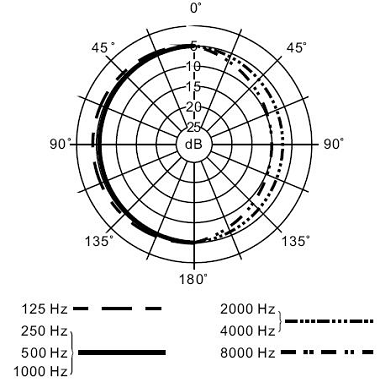
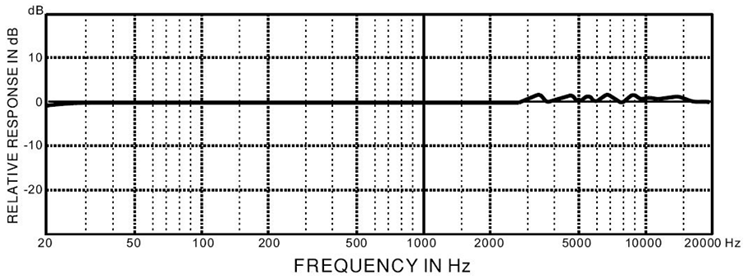
| General | |
|---|---|
| Transducer Type | 6mm Electret Condenser |
| Polar Pattern | True Omni-directional |
| Element | Low Noise FET Input reduces low-frequency distortion |
| Frequency Response | 18Hz~20kHz |
| Sensitivity (at 1kHz into 1kΩ) | 10mV/Pa (-40dBV/Pa) |
| Impedance | 200Ω between Pin 2 and Pin 3 |
| Max. SPL (1kΩ load) | 127dB (THD<1%, 1kHz) |
| Connector | Gold plated 3 pin male XLR |
| Finish | Rugged Metal Construction, Silver finish |
| Weight | 144g |
| Signal-to-Noise Ratio | 70dB A-weighted |
| Power Supply | 15~52V Phantom |
| Dimensions | Φ21.0x193.0 mm |
| Environmental Conditions | Temperature: -10°C ~ +50°C; Relative Humidity: 0~95% |
| RoHS | Compliance |
| Calibration | Individually calibrated. Calibration file included. |
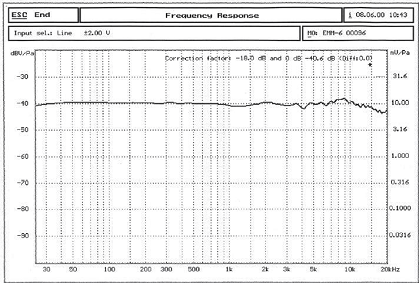
Note: This is only a typical frequency response chart. EMM-6 measurement microphone is calibrated individually by its US microphone manufacturer and the calibration data is included in the product package.
| General | |
|---|---|
| Frequency Response | 20Hz ~ 20kHz: -0.2dB / -0.1dB -3dB: 6Hz ~ 23.5kHz |
| Sampling Rate | 44.1kHz / 48kHz |
| Bit Depth | 16 Bits |
| Number of Input Channel | 1 |
| THD (1kHz, -1.9dBFS) | 0.0062% |
| THD+N (1kHz, -1.9dBFS) | 0.013% |
| SMPTE IMD (-1.9dBFS) | 0.02% |
| DIN IMD (-1.9dBFS) | 0.02% |
| IMD at 1kHz (19kHz and 20kHz, -1.9dBFS) | 0.002% |
| Dynamic Range (hardware gain switch at LO) | 78.4 dB |
| Description |
Studio-quality USB microphone pre-amplifier Supplies 48V phantom power for condenser microphones No special drivers required Fully balanced low noise analog front end 3-position analog gain control Compact travel size Φ22 mm x 144 mm long |
